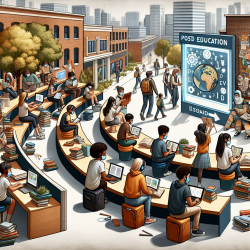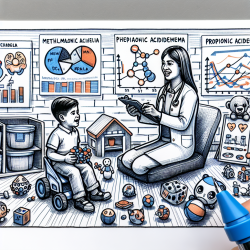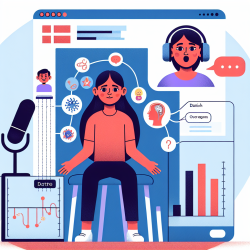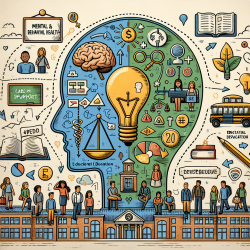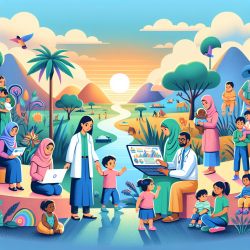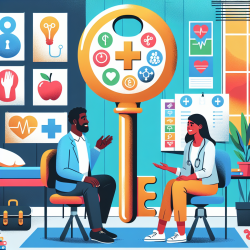Here are some key insights into the current state of literacy education and the innovative approaches being taken:
Challenges in Academic Recovery
According to a recent NCES survey, a staggering 92% of school leaders are concerned about academic recovery. The pandemic has left significant gaps in learning, especially in literacy, which is foundational for all other academic areas.
Reading Levels Among Young Students
Another alarming statistic is that only about half of K-2 students are on track for reading. This highlights the urgent need for targeted interventions and innovative teaching methods to bring these young learners up to speed.
Innovative Approaches to Literacy Education
Despite these challenges, schools are implementing creative solutions to improve literacy rates:
- Science of Reading Professional Development: One school successfully scaled up professional development focused on the science of reading. This approach has shown promising results in enhancing teachers' skills and improving student outcomes.
- Online Therapy Services: Companies like TinyEYE provide online therapy services to schools, offering specialized support that can help address individual student needs and promote literacy development.
- Engaging Learning Tools: Schools are leveraging technology to create engaging and interactive learning experiences. These tools not only make learning fun but also help in tracking student progress and identifying areas needing improvement.
Looking Ahead
While the road to full academic recovery is long, the commitment and innovation shown by educators and school leaders are paving the way for a brighter future. By continuing to explore and implement effective strategies, we can ensure that all students have the opportunity to succeed.
For more information, please follow this link.
